Insertional Achilles Tendinopathy Treatment at Foot Foundation
Insertional Achilles tendinopathy affects the lower tendon where it attaches to the heel bone. Patients often experience pain with stairs, hills, or stiff-heeled shoes.
At Foot Foundation, our podiatrists provide evidence-based care with exercise therapy, shockwave, footwear changes, and orthotics to reduce pain, restore mobility, and prevent long-term damage.
What is Insertional Achilles Tendinopathy?
Insertional Achilles tendinopathy affects the lower portion of the Achilles tendon where it attaches to the heel bone (posterior calcaneus). Unlike mid-portion tendinopathy, it involves compressive and tensile stress at the tendon–bone interface, often combined with degenerative changes, microtearing, and in some cases calcification or spur formation.
It is commonly aggravated by activities that involve ankle dorsiflexion such as running uphill, climbing stairs, or squatting. Footwear with rigid heel counters may also trigger symptoms.
Causes & Risk Factors
Repetitive overload at the tendon insertion
Compressive stress from ankle dorsiflexion (uphill running, stair climbing)
Biomechanical factors – flat feet, high arches, restricted ankle mobility
Poor footwear – stiff heel counters, lack of cushioning
Calf tightness – increased strain on the tendon insertion
Age-related degeneration – reduced tendon elasticity and vascularity
Haglund’s deformity – bony enlargement at the back of the heel contributing to irritation
Sports and activity load – common in runners, jumpers, and athletes with repetitive stress
Treatment at Foot Foundation
Modified loading programs – progressive tendon strengthening while avoiding excessive dorsiflexion
Shockwave therapy (ESWT) – effective in chronic insertional tendinopathy
Custom orthotics – to correct abnormal biomechanics and reduce insertional strain
Heel lifts – temporary use to offload compressive forces
Footwear advice – cushioned, supportive shoes avoiding rigid heel counters
Manual therapy & calf release – to reduce contributing calf tightness
Surgical referral – in severe cases with significant calcification, bone spur, or tendon degeneration not responding to conservative care
Symptoms
Pain and stiffness in the tendon 2–6 cm above the heel
Morning stiffness that improves with activity but worsens again afterwards
Pain with running, sprinting, jumping, or uphill walking
Tenderness when squeezing the tendon
Swelling or thickening in chronic cases
Diagnosis
At Foot Foundation, diagnosis is made through:
Detailed clinical history and examination
Palpation to localise tendon tenderness
Functional strength/endurance testing (single-leg heel raises, hopping)
Gait and biomechanical assessment
Imaging (ultrasound or MRI) in resistant or complex cases to confirm degenerative changes and rule out partial tears
Insertional Achilles Tendinopathy – FAQs
Mid-portion tendinopathy occurs 2–6 cm above the heel, while insertional tendinopathy affects the point where the tendon attaches to the heel bone. The mechanisms differ: mid-portion is typically due to tensile overload, whereas insertional involves both tensile and compressive stress at the bony interface.
It develops from repetitive overload and compressive forces, especially in activities involving ankle dorsiflexion. Poor footwear, calf tightness, and bony changes such as Haglund’s deformity increase the risk.
Recovery depends on the severity and chronicity. With specialist care, improvement is often seen in 8–12 weeks, but chronic cases with calcification may take several months to fully rehabilitate.
The most effective treatment combines:
- Loading exercises tailored to the insertion (avoiding deep dorsiflexion initially)
- Shockwave therapy in chronic cases
- Orthotics and footwear modification
- Heel lifts for temporary pain relief
Yes. Orthotics correct abnormal biomechanics, reduce excessive pronation or supination, and offload the tendon. They are especially effective when combined with strengthening and footwear changes.
Yes. Shockwave therapy is widely used for chronic insertional tendinopathy, improving pain and stimulating tendon healing where exercise alone has been insufficient.
Surgery is rarely required. It may be considered only in severe cases involving large bone spurs, significant calcification, or chronic degeneration unresponsive to conservative care.
Shoes with soft heel counters, cushioning, and slight heel elevation are recommended. Rigid heel tabs or minimal-cushion shoes should be avoided as they can irritate the tendon insertion.
Yes. If underlying biomechanics or calf tightness are not addressed, recurrence is common. Long-term prevention includes orthotics, calf flexibility work, and appropriate footwear.
If heel pain persists longer than two weeks, interferes with walking, or worsens with activity, it is important to seek specialist care. Early treatment prevents the condition from becoming chronic.
Why Choose Foot Foundation?
Foot Foundation provides specialist-level care for insertional Achilles tendinopathy, combining podiatry and physiotherapy expertise. We use advanced assessment, orthotic intervention, shockwave therapy, and tailored exercise programs to achieve long-term recovery.
With clinics in Rosedale, Takapuna, Remuera, Botany, Hamilton, and Tauranga, patients have access to expert care across New Zealand.




